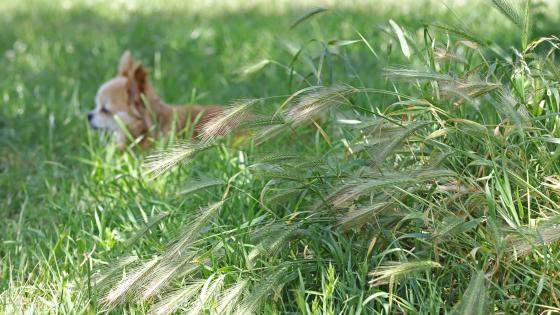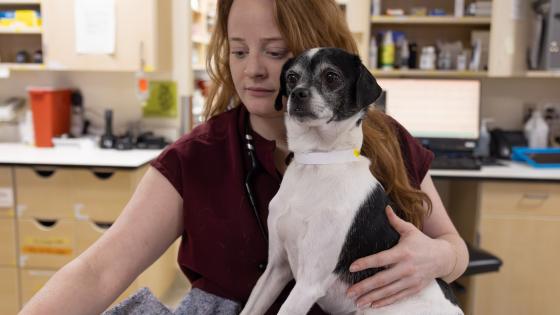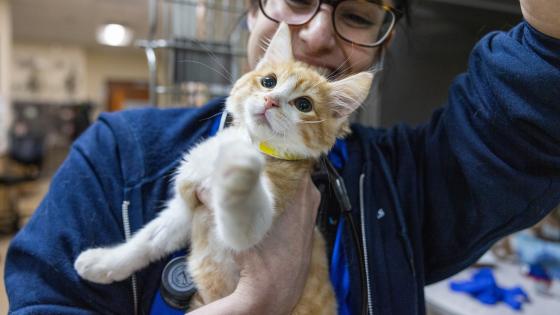
Pet Safety in Bloom: Which Flowers Are Dangerous for Pets?
As spring unfolds and our gardens begin to bloom, it's essential to know which plants are dangerous for pets. Whether you're an avid gardener or simply enjoy having fresh flowers around the house, this post is designed to keep your pets safe and your green spaces friendly.
Beware of the Beautiful Dangers
Flowers add a splash of color and life to our homes and gardens, but it's surprising how many are hazardous to pets. Dogs and cats might nibble on leaves and petals out of curiosity, which can lead to all sorts of health issues. Here’s a look at some common culprits:
1. Lilies
One of the most dangerous plants for cats, certain types of lilies are extremely toxic. Even a small amount of pollen or a bite of a leaf can cause severe kidney damage in felines. Dog owners have a bit less to worry about, as lilies are not as toxic to dogs, though they can still cause some gastrointestinal upset.
2. Tulips
These quintessential spring flowers hold toxins mainly in their bulbs, which can cause intense gastrointestinal irritation, drooling, loss of appetite, and even central nervous system depression if ingested by pets. Dogs are particularly at risk since they might dig up and chew on the bulbs.
3. Sago Palm
Often used in landscaping or as indoor plants, all parts of the Sago Palm are poisonous to dogs and cats, but the seeds are the most toxic. Ingestion can lead to vomiting, diarrhea, seizures, liver failure, or even death.
4. Azaleas
Part of the Rhododendron family, azaleas can be deadly to pets. Eating even a few leaves can result in vomiting, diarrhea, and excessive drooling; severe poisoning can cause central nervous system problems and cardiovascular collapse.
5. Oleander
Beautiful but deadly, every part of the oleander plant is toxic. Ingestion can cause severe cardiac issues, potentially leading to death. It's a risk to both cats and dogs, so best to keep this plant out of reach!
6. Daffodils
These bright, cheery flowers contain lycorine, an alkaloid with strong emetic properties (causes vomiting.) Symptoms can include severe vomiting, diarrhea, abdominal pain, and even heart arrhythmias or respiratory depression.
Keeping Your Pets Safe
While the list above might sound a bit alarming, don't worry! There are plenty of ways to keep your pets safe while still enjoying your green thumb:
-
Know Your Plants: Make sure you know exactly what’s growing in your garden or what’s in that lovely bouquet. When in doubt, consult an expert or do a quick search online. The ASPCA Poison Control is a great resource to review which plant are toxic and non-toxic for pets.
-
Supervise Outdoor Time: Keep an eye on your pets when they’re outside, especially if you haven’t pet-proofed your garden.
-
Choose Pet-Safe Plants: Opt for pet-friendly plants like petunias, roses, and snapdragons which can add beauty without the risk.
-
Educate Your Family: Make sure everyone in the household knows which plants are off-limits to animal family members.
-
Be Prepared: Have your vet’s number handy, and know the location of the nearest emergency animal hospital. It’s always better to be prepared for any situation!
By being aware and proactive, you can ensure that both your pets and your plants can thrive safely and happily together. So, go ahead and enjoy the blooming season worry-free. Happy gardening, everyone!
If you suspect your pet may have come in contact with or ingested something poisonous, contact us at (503) 228-7281 or the ASPCA Animal Poison Control immediately at (888) 426-4435.




